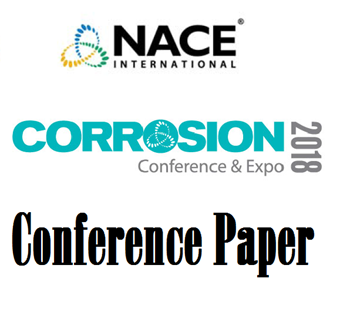Search
51317--9645-Sulfide Stress Cracking (SSC) Resistance of AISI 420 Modified (13Cr) Martensitic Stainless Steel Bar
Also Purchased
51318-11257-Sulfide Stress Cracking of Super 13Cr Martensitic Stainless Steel – Localized Corrosion and Hydrogen
Product Number:
51318-11257-SG
Publication Date:
2018
$20.00
51318-10956-Effect of production routes on SSC of 110 ksi 13Cr Super Martensitic Stainless Steel (SMSS)
Product Number:
51318-10956-SG
Publication Date:
2018
$20.00
51315-5422-Determining Reliable Domain for 13CR Martensitic Stainless Steel Downhole Tubular in Sour Environment and Revisiting NACE MR-0175/ISO 15156 Limits
Product Number:
51315-5422-SG
ISBN:
5422 2015 CP
Publication Date:
2015
$0.00




